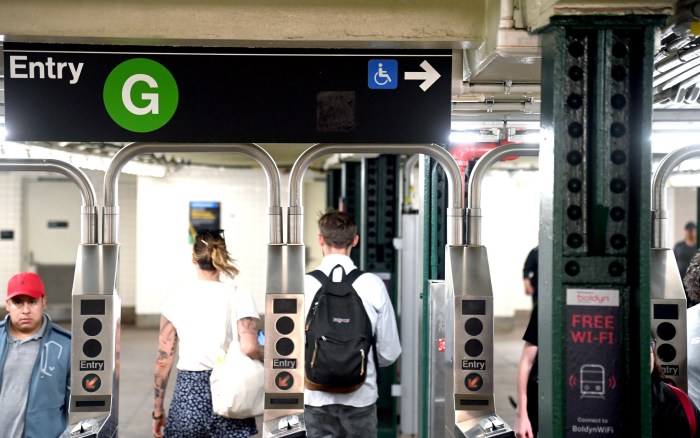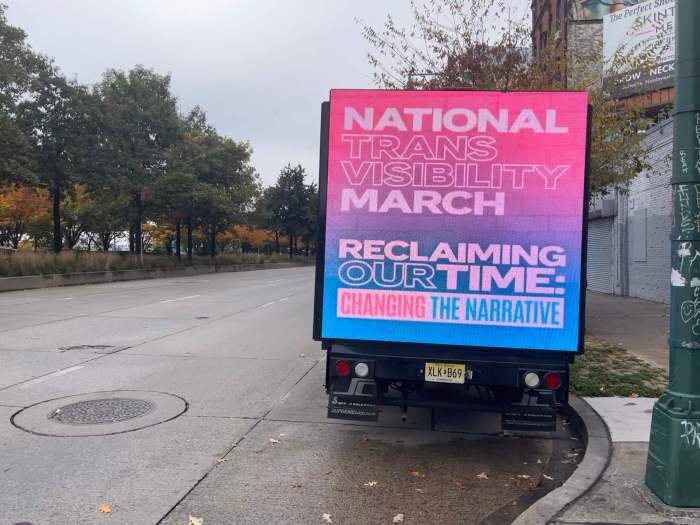Report Finds Cost To Taxpayers Has Lowered
The Health Department issued, Dec. 31, a new report showing that at-risk New Yorkers are spending fewer days in supportive housing institutions, saving the city money.
The report looked at data on the New York/New York III (NY/NY III) Supportive Housing program, which provides housing and supportive services for various at-risk populations.
The intergovernmental agreement, signed in 2005, reflected a landmark commitment by New York State and New York City governments to jointly create 9,000 new supportive housing units in New York City serving nine vulnerable populations, including individuals and heads of families who are chron- ically homeless or at risk of homelessness, have serious mental illness, substance use disorders, disabling medical conditions or HIV/AIDS, or who are aging out of foster care.
Since it was launched in 2007, more than 7,700 individuals and families have been placed in NY/NYIII housing, and more than 4,700 individuals and families are currently housed.
The report compared the use of health, criminal justice and social services of NY/NY III tenants during their first year living in NY/NY III with service use by individuals and heads of families who were eligible for NY/NY III housing but were not housed in the program due to more demand than supply.
The NY/NY III residents were less likely than eligible but unplaced applicants to have several types of hospitalizations and emergency department visits during one year of follow-up time. Placed NY/NY III tenants spent fewer days in jail than unplaced eligible applicants across almost all populations, and individuals and families placed in NY/NY III spent fewer days in shelters.
Overall, the report shows that public sector expenditures for NY/NY III tenants were, on average when multiple populations were combined, approximately $10,100 less than for unplaced individuals during the first year of living in NY/NY III housing. Lower per capita expenditures were found for several institutional services, including jail (approximately $1,300 less), single adult shelter (approximately $5,400 less), family shelter (approximately $1,500 less), and state-operated inpatient psychiatric hospitals (approximately $18,700 less).
To view the report, go to www.nyc.gov/html/doh/downloads/pd f/mental/housing-interim-report.pdf.































